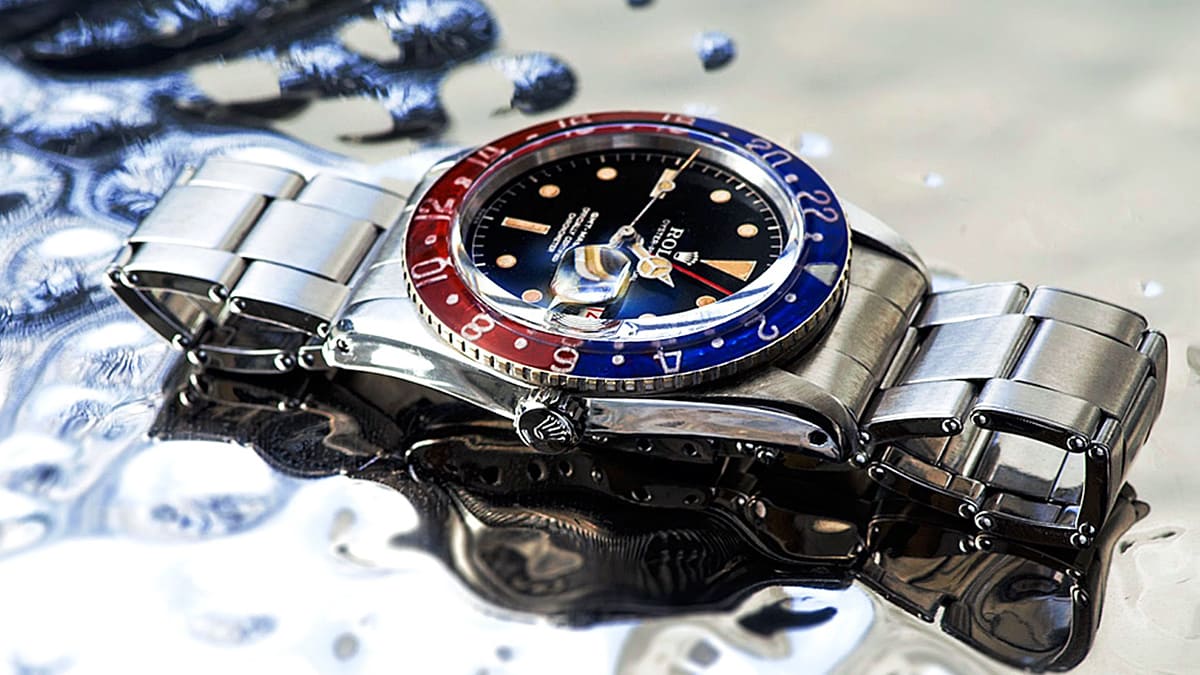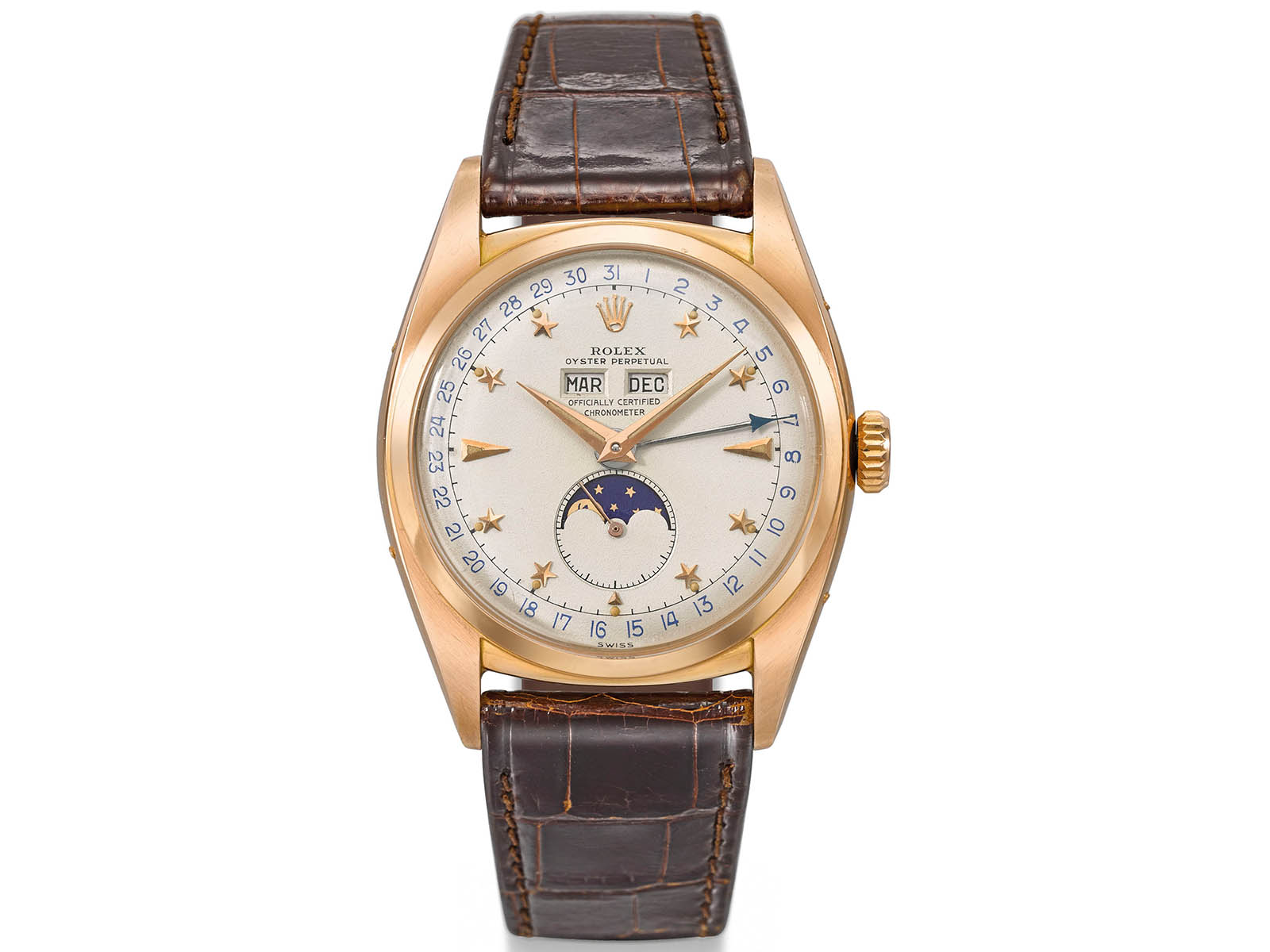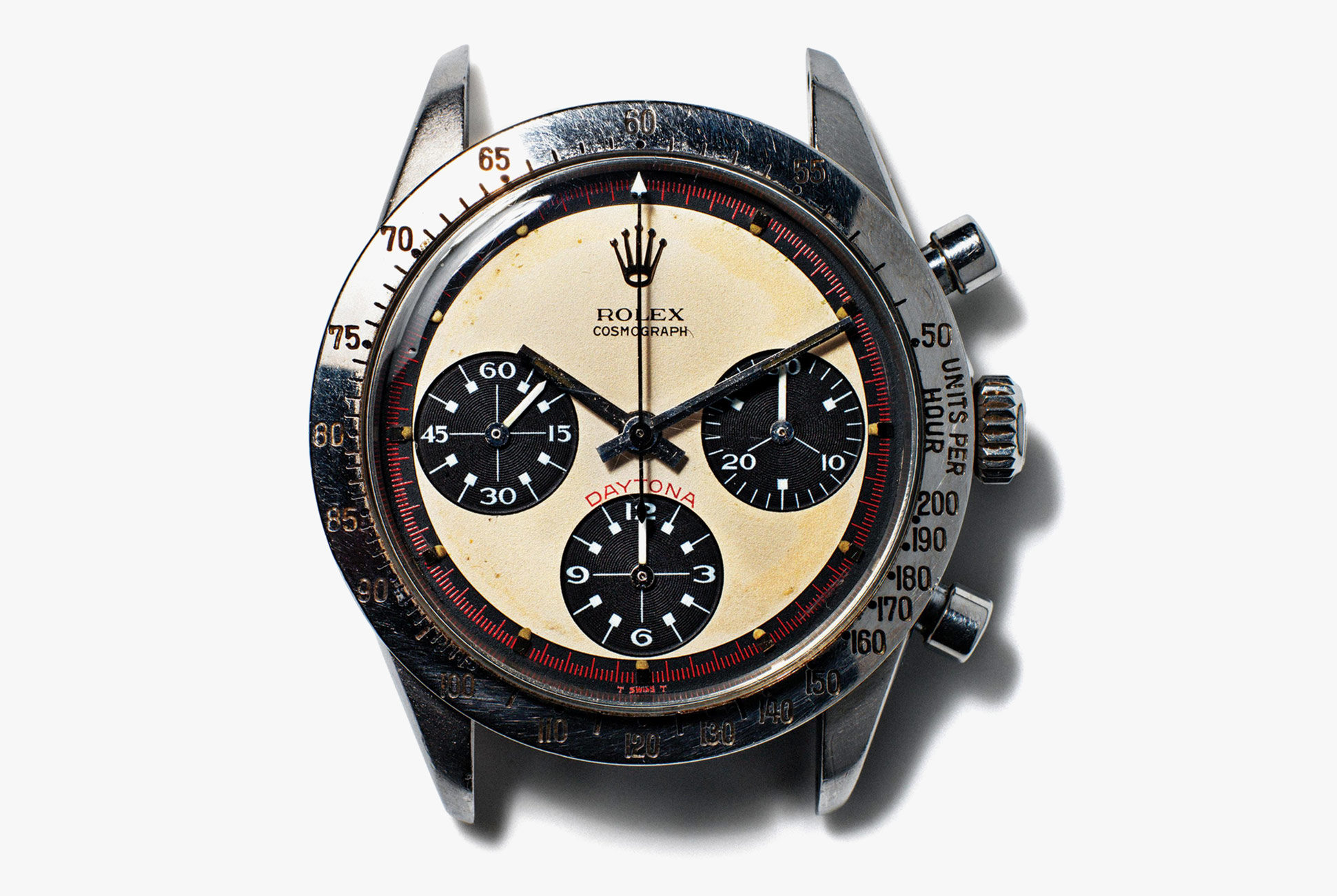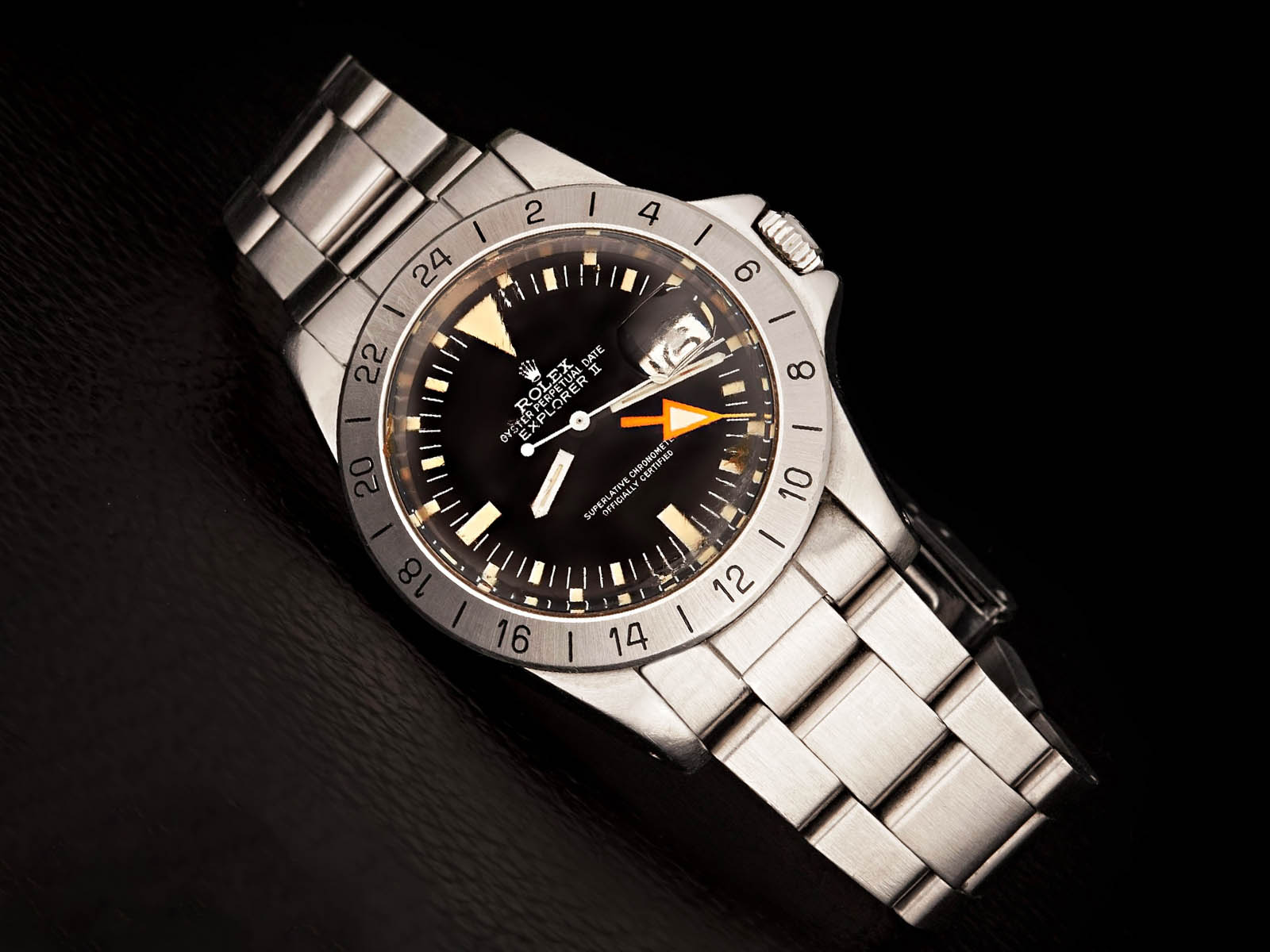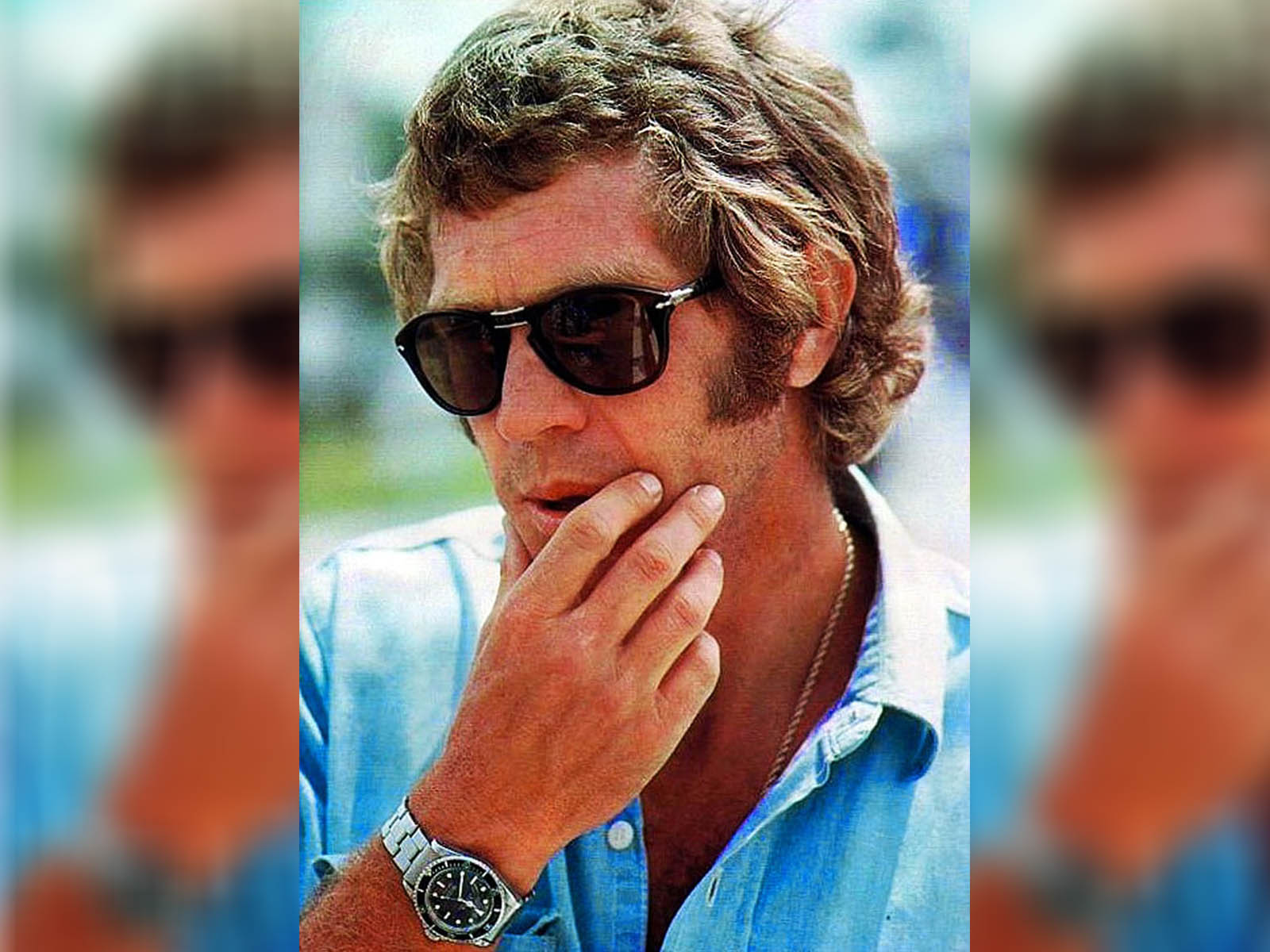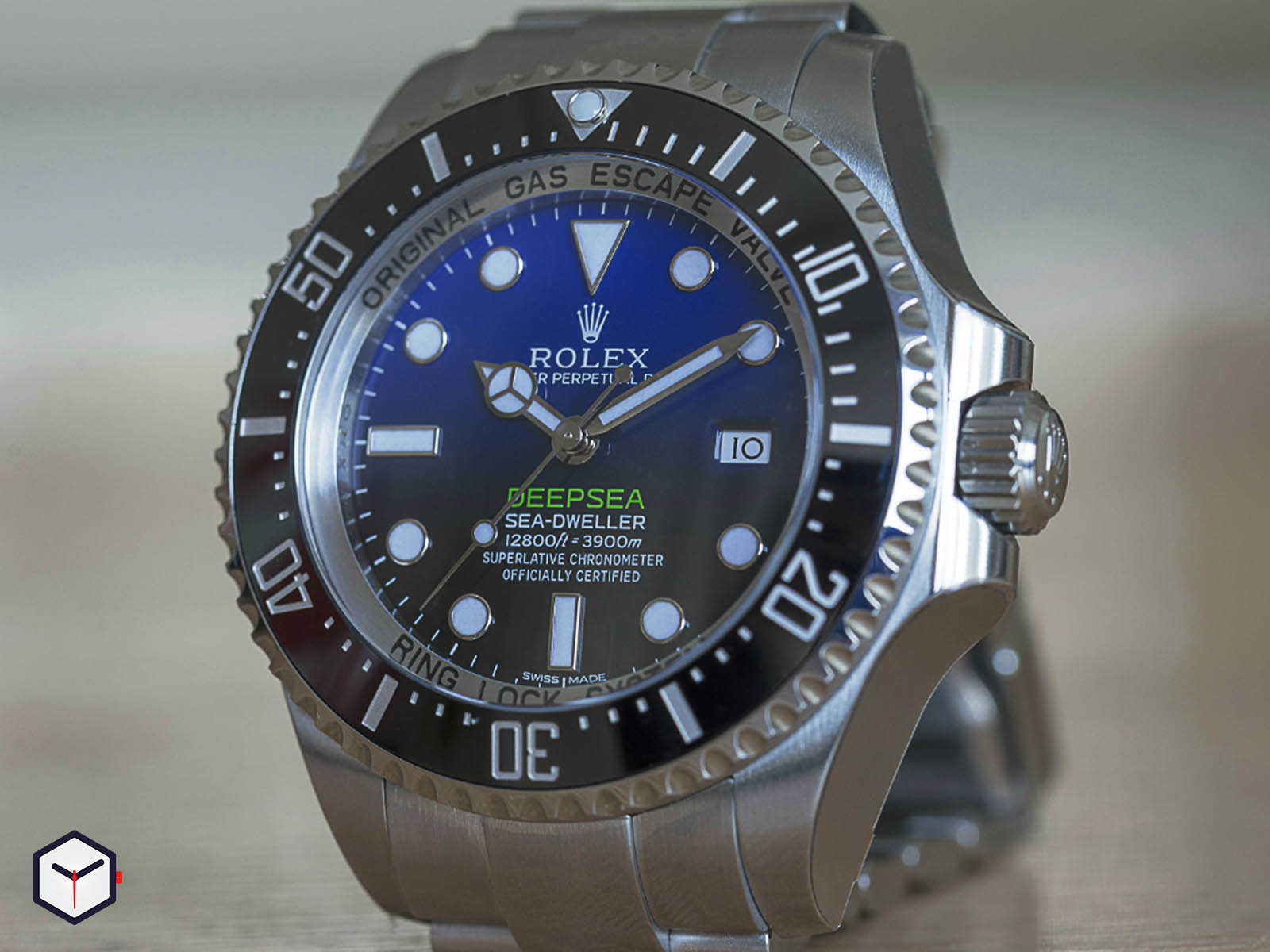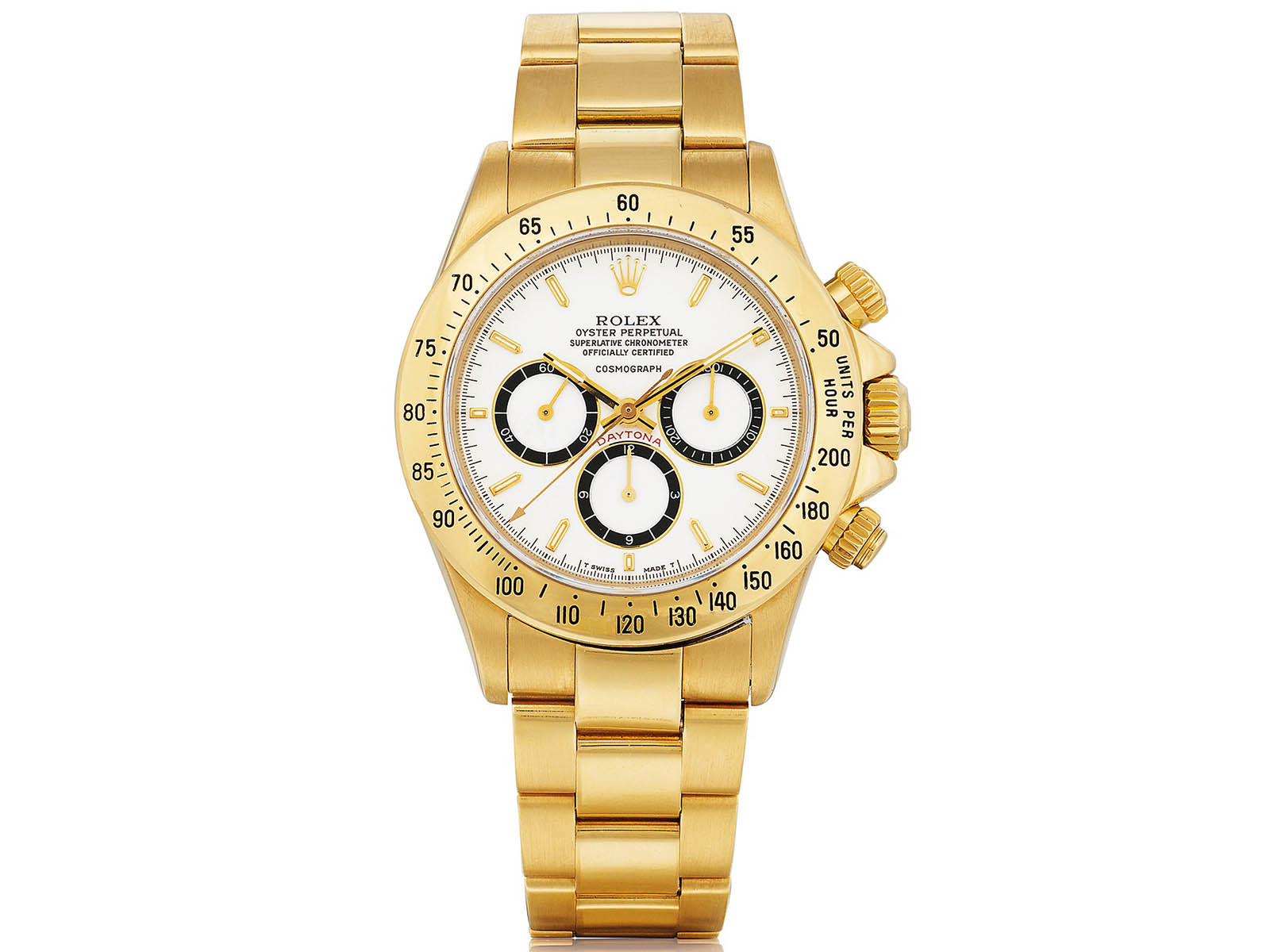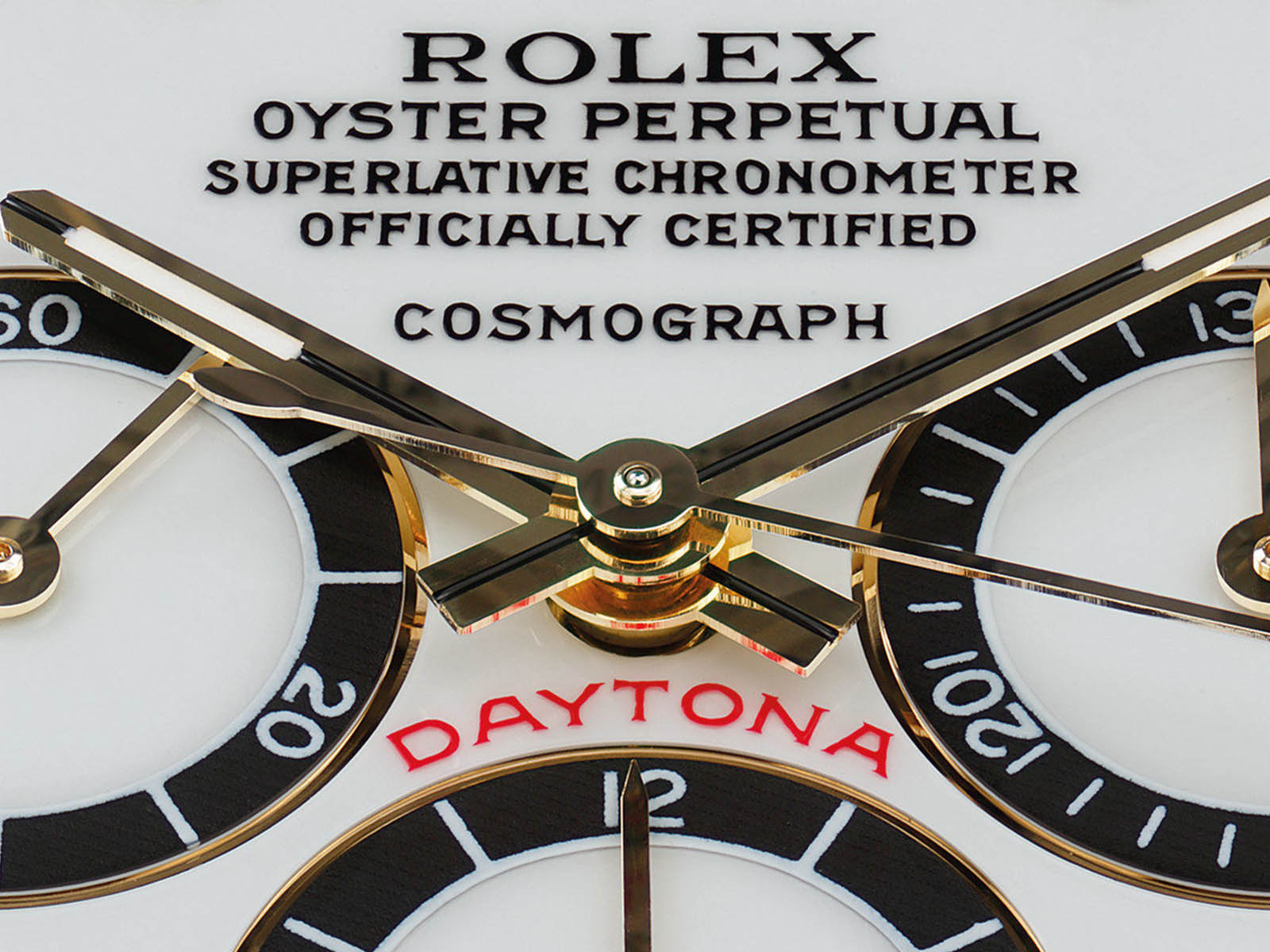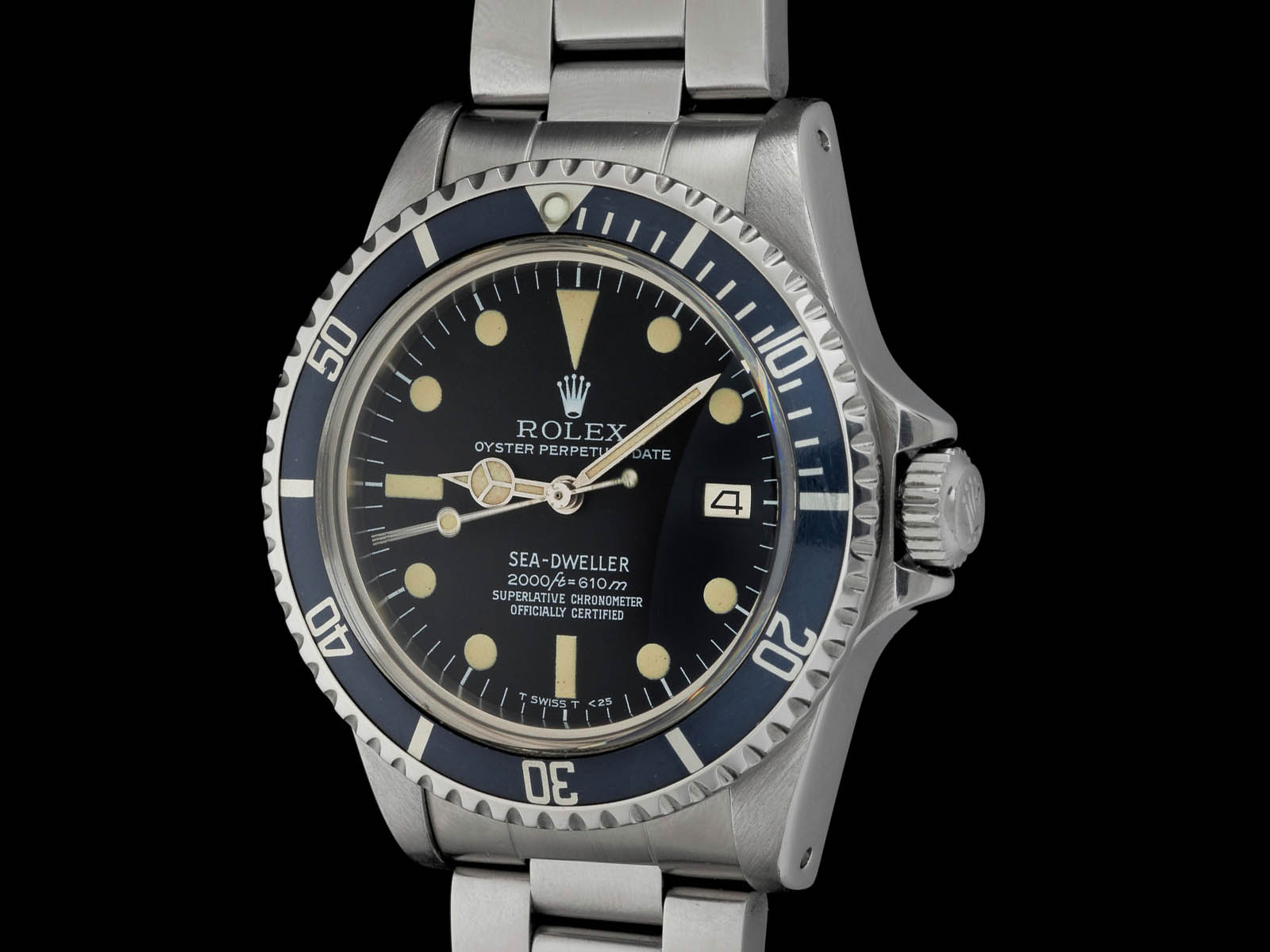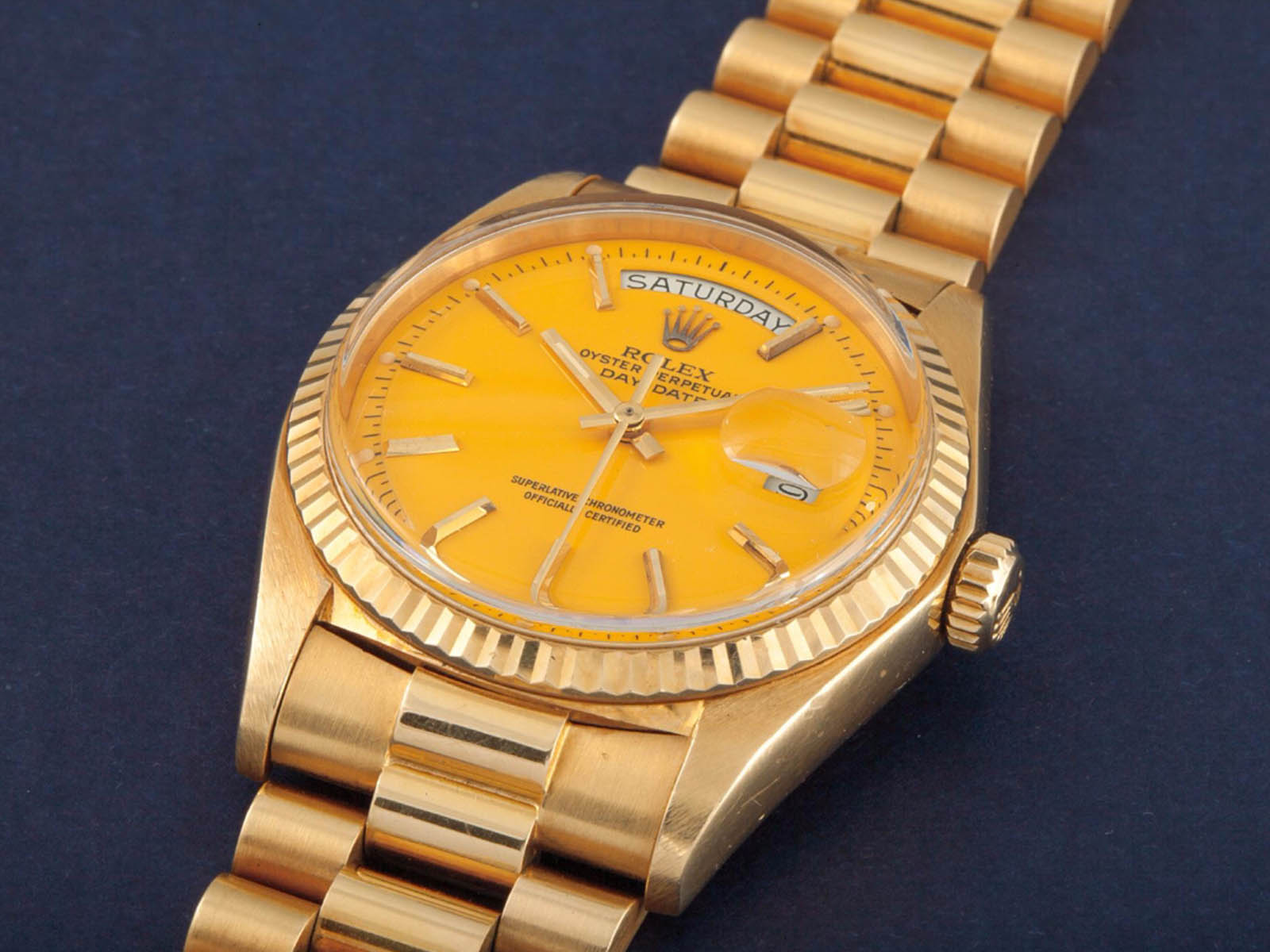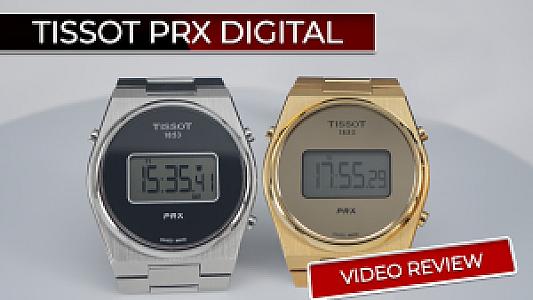Are you confused by the nicknames Paul Newman, Hulk, Kermit, and Pepsi? We have compiled Rolex's nickname for those who are confused or new to the brand.
Stelline (Ref. 6062)
Rolex (Ref. 6062) ‘Stelline’, which was introduced in Basel in 1950, is very famous amongst collectors. The Italian word Stelline means ‘little star’ in English. As you can imagine, the model takes its name from the stars on the dial. The Mark 1 Dial Type 755, a Stern Fréres dial, features small stars as markers and faceted wedge indexes at 3, 6 and 9 o'clock.
Paul Newman (Daytona)
We all know about the Rolex Daytona that Joanne Woodward gave to her husband, who competed in motor racing. It all starts with the cover of an Italian magazine with the famous actor wearing his wife’s gift Rolex. Newman, co-starred in the motion picture ‘Winning’ with his wife, said he was wearing the Ref. 6239 in the film. Paul Newman Daytona is differentiated from others with its Art Deco fonts and square markers.
John Player Special (JPS) Paul Newman (Daytona)
Ref. 6241, produced between 1966-1969, less than 400 in 14K gold, a total of approximately 3000 pieces. Ref. 6241 got this nickname after the success of the Lotus Formula 1 team in the 70s, which was sponsored by the cigarette company John Player Special, known for its black and gold color scheme.
Fat Lady (GMT)
Rolex introduced the Ref. 16760 after the Ref. 16750 GMT Master, which was a transitional model. The new GMT Master II stands out with its completely new Caliber 3085 movement and a new black-red bezel. The Fat Lady nickname was given to this model because it was thicker than the other GMT Masters.
Pepsi (GMT)
Let's face it, when we say GMT Master, we all think about the blue-red bezel insert version. From the original Ref. 6542 to the ceramic Ref. 126710BLRO, the GMT Master is synonymous with these colors. When this happened, the bezel insert bearing the Pepsi colors is called with the same name.
Steve McQueen (Explorer)
The original Rolex Explorer II Ref. 1655 is named after Steve McQueen's although; it has never appeared on the famous actor’s wrist. He is known for wearing his Ref. 5512 Submariner on his right wrist. The Explorer was named McQueen because it was misused in an article in an Italian magazine in the mid-1970s.
Bart Simpson (Submariner)
When you put the Rolex Ref. 5513 and Bart Simpson side by side, you can see why this particular Submariner model is called Bart Simpson. The crown-shaped logo in the model and the hairstyle of the cartoon character Bart Simpson are very similar.
James Cameron (Deep Sea Sea Dweller)
Known as James Cameron Deepsea Sea-Dweller, this Rolex model is inspired by the journey to the Mariana Pit in 2012 made by Oscar-winning writer and director James Cameron. He began his journey to the deepest point in the world, 35,787ft (about 10, 907, 8776 meters) below the surface in the Pacific Ocean. The color of the dial, which changes from blue to black, refers to the color of the deep waters that Cameron traveled, and the color of DEEPSEA on the dial is the same with the color of the small submarine used in action.
Batman (GMT)
The black-blue ceramic bezel of GMT Master II has been associated with the superhero character Batman for years.
Kermit (Submariner)
Submariner's vibrant green bezel was used to express Rolex itself, but it was identified with Jim Henson's unforgettable Muppet character. This anniversary model, which was introduced to watch lovers in 2004, is no longer produced.
Hulk (Submariner)
When Rolex uses the same shade of green in both the bezel and the dial, finding a nickname for it is nothing but a walk in the park for Rolex fans. The model is named after the famous green giant Hulk with its Supercase update in addition to its Maxidial.
Patrizzi Dial (Daytona)
The black dialed Daytonas (Ref. 16520), produced between 1994 and 1995, had an organic polish called Zapon to protect the dial. Due to insufficient protection, the silver rings of the chronograph sub-dials were oxidized and reacted with UV light ending up in a brown color.
The reason why this dial is called Patrizzi is that Osvaldo Patrizzi was the first person to notice the color change. Patrizzi, the watchmaker who founded the auction house Antiquorum in 1974, noticed the color change of his Daytona, which was produced in the mid-1990s when he decided to sell his collection in 2006 and put his name on Rolex's book of nicknames.
Floating Cosmograph (Daytona)
The L Series Rolex Daytona models produced form the late 80s to early 90s had the Cosmograph text was written a line below the Rolex Oyster Perpetual Superlative Chronometer Officially Certified, written in four lines. Therefore, this dial was called the Floating Cosmograph dial.
Inverted Six (Daytona)
The 6 figure on the sub-dial of Daytona 1652X MkI, II and III were written inverted. For this reason, it was called ‘Inverted Six.
‘Rail’ Dial (Sea Dweller)
When you say ‘Rail’, don't think of railway or Rolex Radial dial. Because it has nothing to do with those. The rail dial describes the situation in which the letter C in ‘Chronometer’ and the letter C in ‘Certified’ are perfectly aligned. Unfortunately, there is no exact information as to why this name was given.
Stella Dial (Day Date)
Rolex began to offer the Day-Date, a symbol of superior prestige, in the 1970s with colorful dials that it had never used before. The dials made of polished multi-layer enamel attracted attention with their shades that are not found in nature such as light pink, orange, green and turquoise. Although there are rumors that this design, which is normally produced for the Middle East market, has been called "dedicated to the American artist Frank Stella", which stands out for its use of extremely bright colors, no one is sure.
Spider-Web Dial (Submariner)
Rolex had some problems with the polish coating applied to the black dial, and over time, some models had spiderweb-like cracks.
Flat 4 (Kermit 16610LV)
This is called ‘Flat 4’ because the upper side of figure 4 of the number 40 in the bezel insert is printed longer on several models.
Kissing 4 (Kermit 16610LV)
This model is called Kissing 4 because the figure 4 of the number 40 in bezel insert is almost touched the insert’s outer edge.
